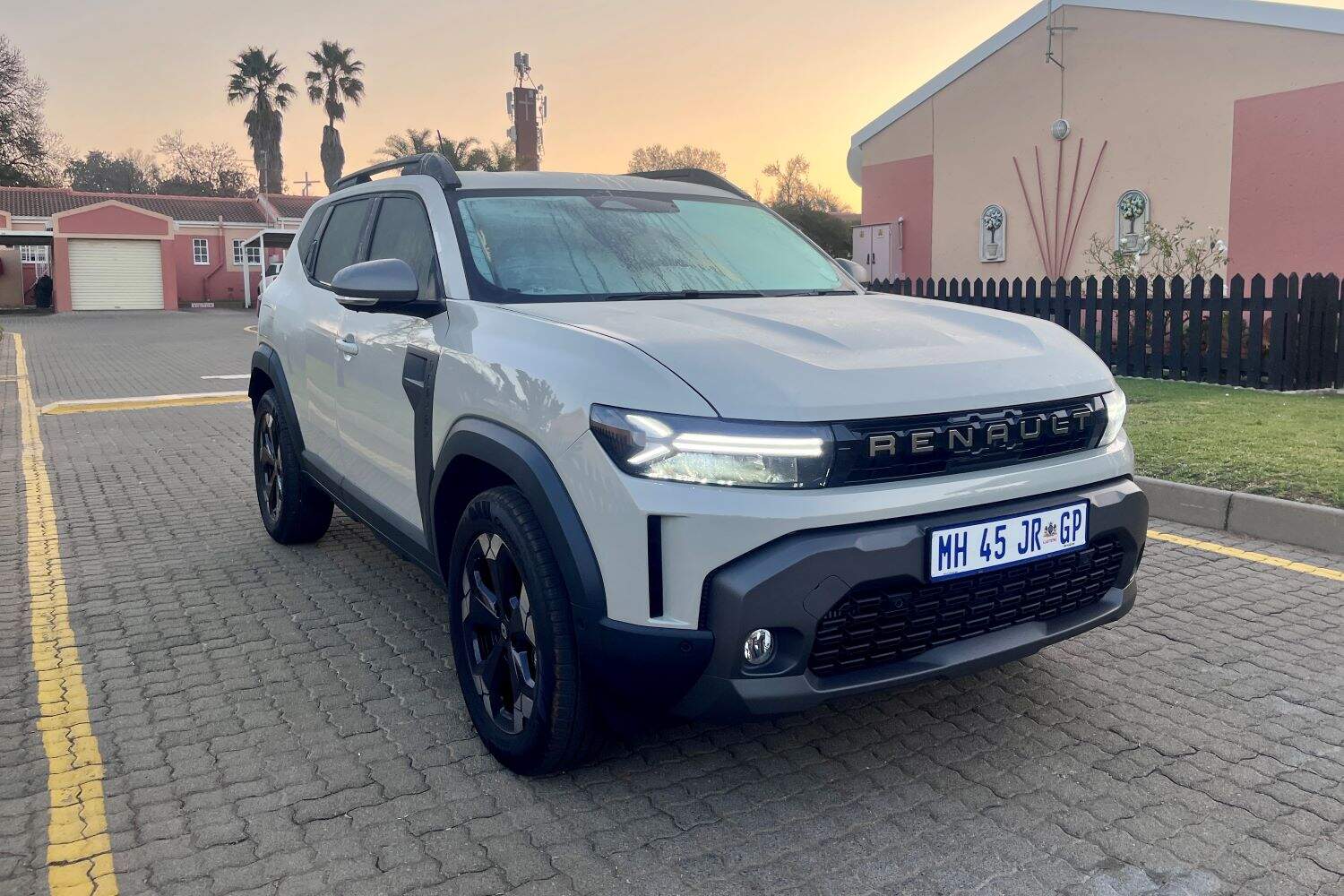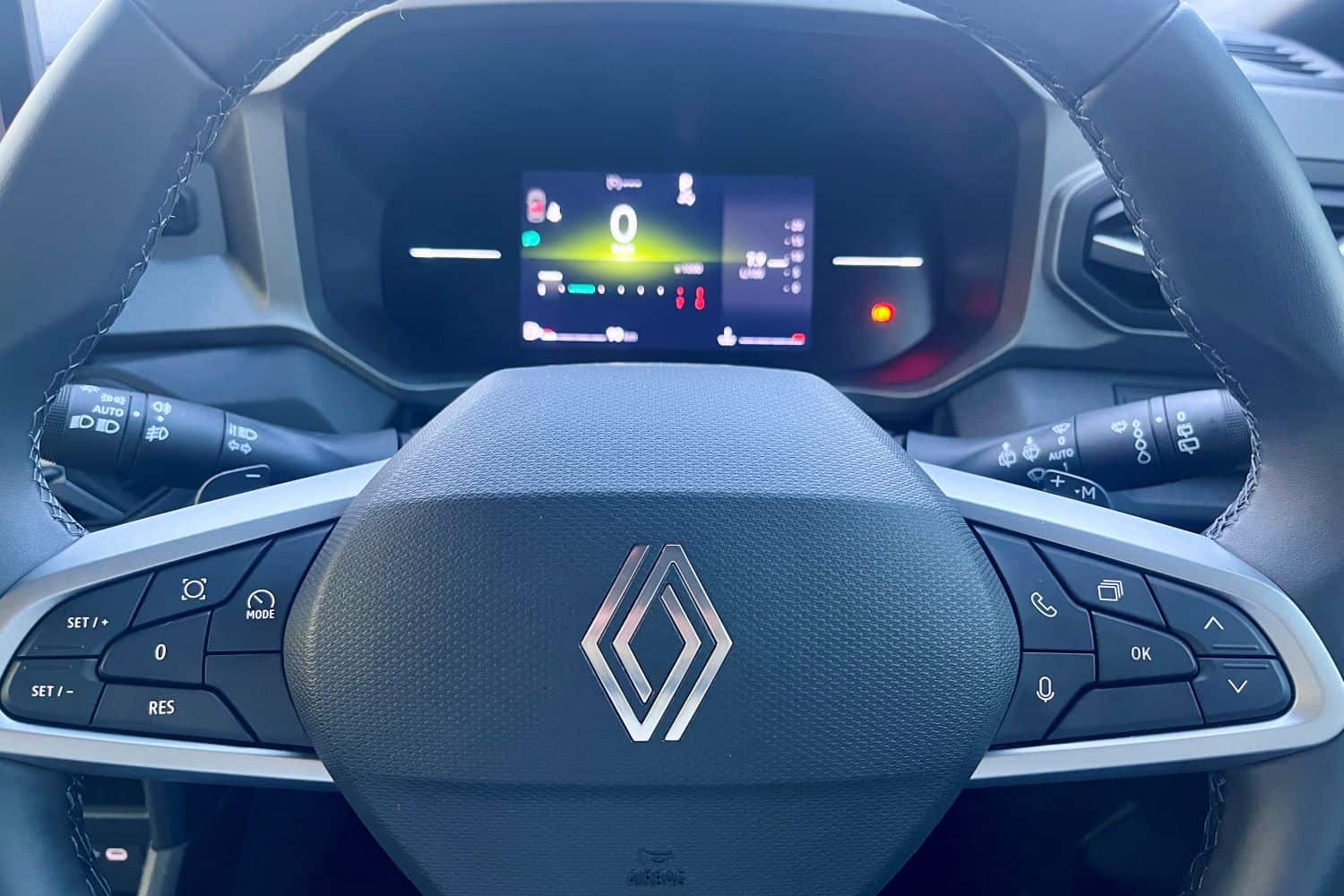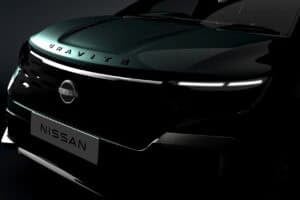Petrol engine replacing the frugal diesel mill remains a sticky point for solid crossover.

The Renault Duster has always been a bit of a dark horse. One of those vehicles that quietly built a cult following while everybody was chasing Japanese and German nameplates.
The Duster was never flashy and never premium. And quite honestly nobody cared. It just worked. It was the rough-edged SUV you could actually afford.
Now, in 2025, the Renault Duster has cleaned up and grown into something that’s more refined, while retaining most of its no nonsense roots. But the pricing has jumped up too and put the Duster into territory that is overflowing with choice. This said, what is the Duster like to drive?
The elephant in the room
The derivative The Citizen Motoring spent a week with was the Intens EDC 4×2. It’s the middle-of-the-range model in terms of price, but the top-of-the-range in terms of spec. The Zen 4×4 MT costs more but offers a lower level of spec. If you need or wan 4×4 capability, then this is the compromise that must be made.

Let’s get straight to the engine and drivetrain. It’s probably the most controversial topic about the new Duster. Why? Because anybody who knew the previous Renault Duster, knows how brilliant the 1.5 litre 80kW/250Nm turbodiesel was. Punchy and ridiculously light on fuel. But the world has changed and Renault doesn’t offer this engine any more. Today the Duster comes with a 1.3 litre turbocharged petrol engine making more power at 113kW but the same torque at 250Nm.
The new Duster’s powertrain is paired with a seven-speed EDC dual-clutch transmission that sends the power down to the front wheels only. The box does it job. It’s smooth and responsive enough without any jerkiness in traffic.
This is where the Renault Duster excels in the suburbs and in traffic. The irony I know for a Duster, but not everybody wants to compete with a Toyota Hilux going up the side of a mountain on Sunday morning.
ALSO READ: VIDEO: Renault Duster lives up to reputation as solid off-roader
Petrol not as frugal as diesel
Part two of the controversy is directly linked to fuel consumption. The previous turbodiesel offered numbers that saw owners getting under five litres per 100km.
Renault says you should get 6.5L/100km with the new one. But the reality was I averaged closer to eight, with the car settling at 7.8 litres per 100km. In a world where the Chinese can’t get much below 10 litres per 100km for most of their very popular SUVs, this new petrol turbo’s return is not bad at all.
Being of the inside of the new Duster is a better place to be than the old one. There is still a lot of hard plastics around, but the cabin does feel more upmarket. You have a new 10-inch floating infotainment screen that supports wireless Apple CarPlay and Android Auto.
Plus, you get an updated digital cluster with clean graphics and customisable views. In the centre console you have USB-Cs, a wireless charging pad and actual climate control buttons that are easy to use.

Renault Duster is a tight spot
In terms of tech and safety, the Intens spec Duster features a 360-degree camera, blind-spot monitoring, keyless entry and start, LED headlights and tyre-pressure monitoring into the mix. Cruise control is standard and the rear-view camera is clear and helpful.
ALSO READ: Smart new Renault Duster facing a tough battle against rivals
I so desperately want to love the new Renault Duster. And I really like this Intens 4×2 EDC way more than I did the Zen 4×4 with manual box. But at R519 999, once again, there is just too much choice out there like the Toyota Corolla Cross and Chery Tiggo Cross to name only just two of the many crossover SUVs in this segment.
The real problem for Renault is that too many of their competitors make a stronger bid for your money. And they will probably get it too.
The Renault Duster is backed by a five-year/150 000km mechanical warranty, three-year/45 000km service plan and six-year anti-corrosion warranty.






